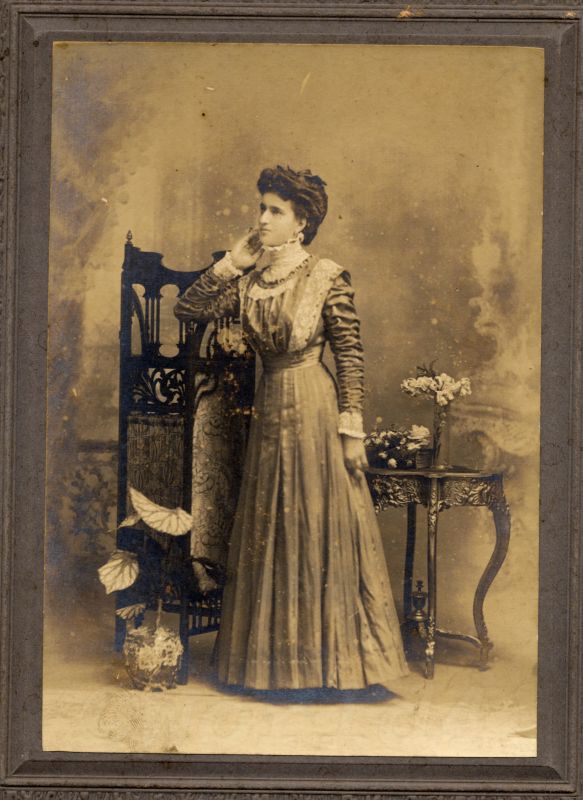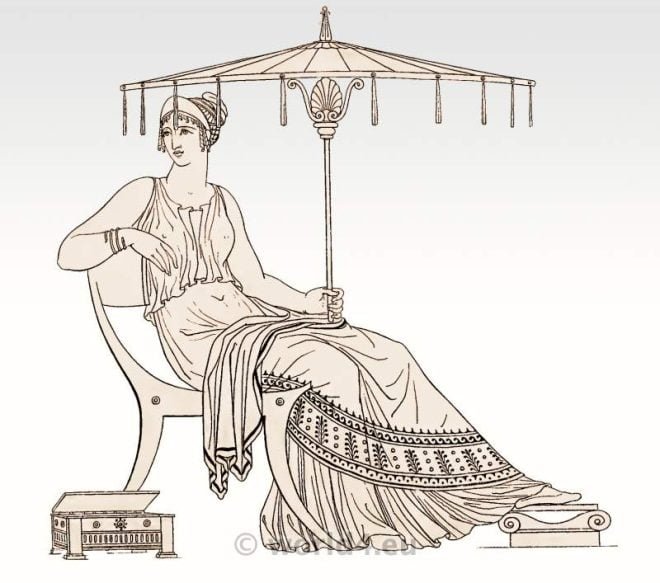Belle Époque Salon photography of the late 19 Century.
Vintage Beachwear around 1900. Art Nouveau period fashion.
Vintage Beachwear around 1900. Belle Époque, Art Nouveau period fashion. Tailored bathing suit, beach wardrobe to the turn of the century. The swimsuit was worn knee-length and was filled with frills and flounces.… Read More
Girl in swimwear 1910s – French Postcard
Girl in swimwear 1910s – French Postcard
Jeanne Paquin Model of Crepe Chinois. Paris Spring Season 1913.
Jeanne Paquin Model of Crepe Chinois. Paris Spring Season 1913. Paris Rose Crepe Chinois. Draped skirt and chiffon to match tunic with braided ornaments to match on front and back… Read More
Premet Model of Needle Cord. Paris Spring Season 1913.
Premet Model of Needle Cord. Paris Spring Season 1913. Cafe au Lait. Needle Cord. Draped skirt with fine soutache of embroidery on side of skirt. Buttons trim coat and French… Read More
Ancient Roman clothing. Early roman soldier, Diana and Minerva.
Ancient Roman Clothing. Roman gods, Warrior. Early roman soldier, Diana and Minerva costumes. Classical antiquity, ancient dresses from Italy.
Dancing females in chiton. Ancient Greece Costumes.
Dancing females in chiton. Ancient Greece Costumes. Costume of the ancients by Thomas Hope.
Grecian Ladies in Chiton. Ancient Greek Costumes.
Grecian Ladies in Chiton. Costume of the ancients by Thomas Hope.
Greece combatants seperated by a herald.
Greece combatants seperated by a herald. Ancient Greek warriors.
Woman from ancient Greece seated with her umbrella
Woman from ancient Greece seated with her umbrella, footstood and jewel box.






